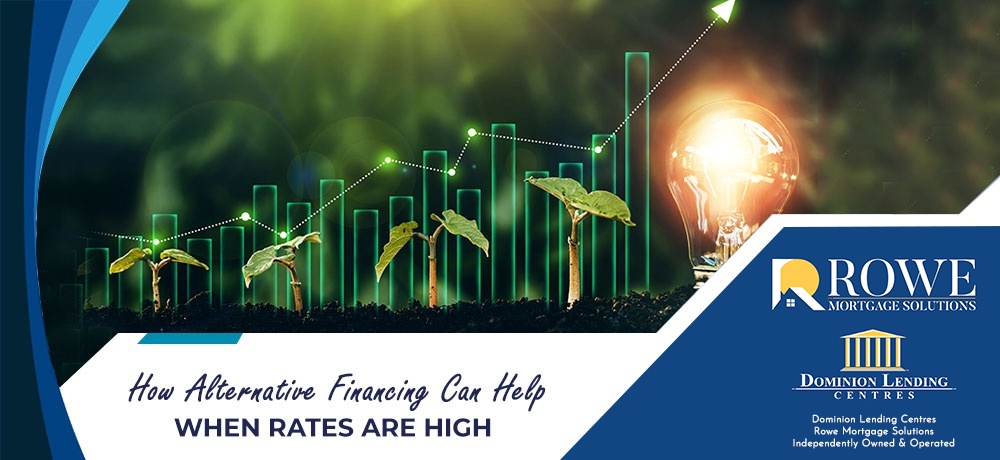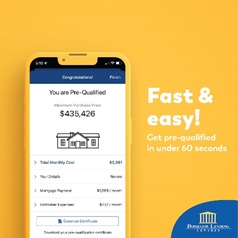How Alternative Financing Can Help When Rates are High

With interest rates being the highest they’ve been in over 10 years, along with the stress test reducing what buyers qualify for this has created a number of issues for buyers attempting to find an approval for their home purchase or homeowners to complete their refinancing.
For this reason, among many others alternative financing is becoming increasingly popular as people try to find creative ways to get the job done.
Alternative financing allows current and future homeowners access to bank programs otherwise unavailable through traditional forms of financing.
Simply put, these programs are very versatile and open the door of possibilities when you keep running into rejections from your traditional lender.
To help you understand how alternative financing could apply to your situation, we’ve put together a blog series on the benefits of these programs. Check out the first list below!
Extended “Affordability” Ratios
With interest rates rising as much as they have, this has led to the stress test increasing as well. This means you will qualify for less - in fact much less, about 30% less - money than what you would have less than a year ago.
This is because your income is being qualified at a higher interest rate, but also because the traditional debt-to-income ratios, or what we like to call “affordability ratios” remain at 39% (GDS) and 44% (TDS).
One positive of considering a bank offering alternative financing, is they will either increase these affordability ratios or in some cases, remove them all together! This allows you to qualify for a larger mortgage.
This solution can be particularly lucrative if your bank is saying you only qualify for a townhouse, but you are trying to buy a home with a second suite income or refinance your home to create one, in order to reduce what comes out of your pocket.
Increased Use of Rental Income
Traditional bank lending programs tend to be quite conservative when it comes to using rental income in your application.
Often times they will only use 50% of the income that you will be generating, and that income must come from a legal suite.
If you don’t have a high personal income on paper, using the most rental income you can on your mortgage application is going to be particularly useful and could be the difference between being approved or declined.
An alternative financer will use what’s called an ‘offset’ which means they are using the rental income to deduct directly from the mortgage payment, so you only have to qualify for the net payment after deducting the rental income.
Furthermore, documentation to prove this rental income is much less strenuous. For example, if you already own the home your current bank may require your T1 Generals to see this income claimed on your tax return. An alternative lender will get by on either a lease agreement, or bank statements showing the rental income deposits.
Increased Amortization
Increasing your amortization reduces your regular payment by lengthening the life of the mortgage.
Because your payment is reduced you will be approved for a larger loan amount than say a 25- or 20-year mortgage.
Furthermore, this can be particularly useful when rates are high and you are concerned about affording your home.
For traditional lending programs, the maximum amortization is 30 years.
For some alternative lending programs, the bank will have the ability to increase this to 35 years.
If you found the home that you really want, and you need to qualify for a bit more mortgage money, this can be an excellent solution to get you in the door.

